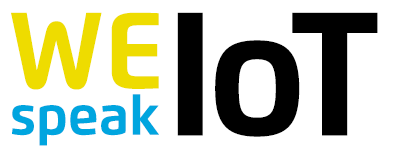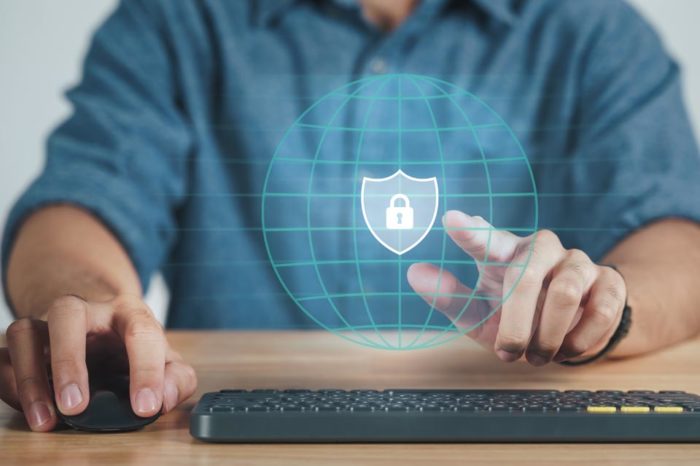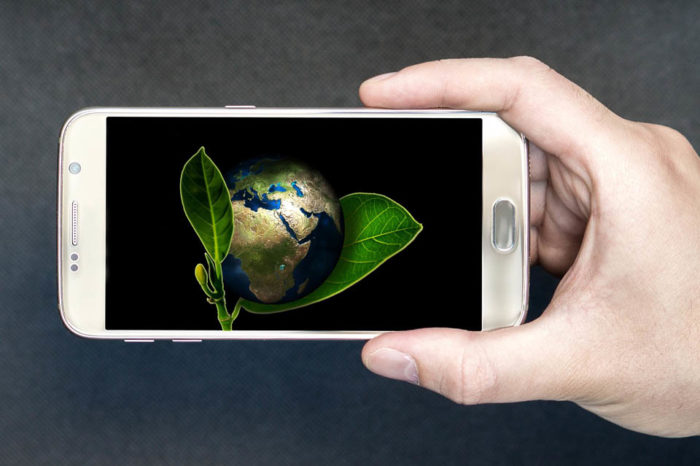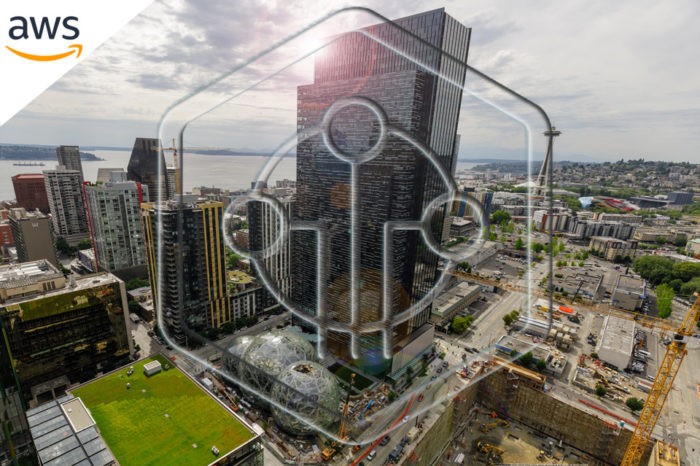The IoT still needs a lot of explanation
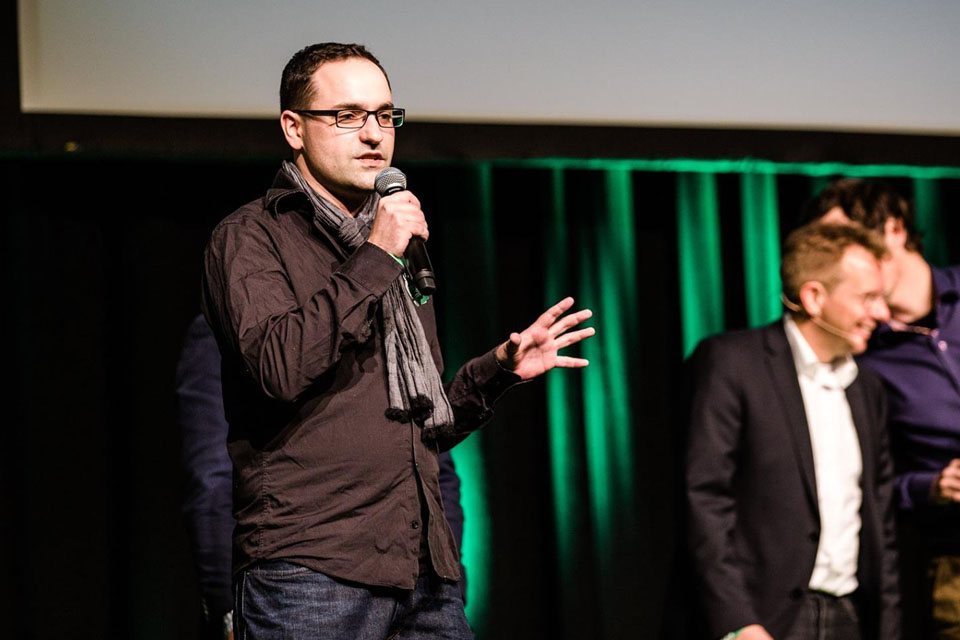
I was honored and pleased to be invited as a speaker to 48forward’s first “Masterclass” session in Munich, a new format designed to give answers in an intimate setting, and to create an interactive atmosphere where the audience is actively encouraged to ask questions. 48forward have been organizing events for a variety of themes (marketing, influencers, digital transformation) for a while now; notably the 48forward Conference. They have established themselves as a welcome addition to the Munich ecosystem, where many topics are additionally discussed with a more in-depth view. As such, speaking at the event was definitely on my to-do list.
Since Lemonbeat is a company dedicated to IoT, we were a perfect fit as sponsors and also to shed some light on the topic of IoT in general. The event took place in mid February at the New Design Offices at the Arnulfpark, with the goal of giving an introduction to IoT and to answer many questions most people have, when they start researching IoT.
Clearly, the audience wanted to have some clarity around this jungle of jargon and especially, to see where the promises of IoT have ended up. The number of themes touched by those questions was staggering – from technical implications, over ethical concerns with data management, security of that data, ROI for people investing in IoT, to artificial intelligence and its implications for the future of work – enough material to cover four Masterclasses.
To answer those questions, the event contained presentations ranging from basic introductions to the IoT to the possibilities and risks its offers. A standout example from the selection was the presentation given by Lara Voltmer, Innovation Manager at mantro, and Igor Andreichyn, Technical Architect at their product OilFox. They gave a memorable introduction to the conception and development of their hardware product. Oilfox is a sensor, measuring the level of oil still in a tank, especially in oil heating tanks. Combined with an app, it also predicts and advises on the best time to restock your fuel. Their talk gave a rare insight into the development of hardware designed for IoT – and as anyone working on hardware can tell you, this is a challenging undertaking and usually as customers we’re only confronted with the final product.
The world of IoT is still a complex patchwork of many different systems
From the hardware side to the software side: The world of IoT is vast. Endless ideas are possible with so many solutions for so many cases. But there is not just “one” vendor who covers it all, there is not just one “standard” that brings them all together. Unlike the World Wide Web, where all the different servers with all their information are being accessed with one common piece of software, the web browser, the world of IoT is still a complex patchwork of many different systems.
While the internet has been designed as a decentralized network, that allows communication over many ways, the Internet of Things looks somewhat different at the moment: Device manufacturers actually concentrate more or less on how they can connect their devices with a central unit where all the intelligence takes place. All the decision-making takes place at this one centralized point, may it be a local gateway, the cloud or a server in a remote data center.
The devices themselves just deliver their statuses to this central unit, which then sends the necessary commands back. The problem: If that one central unit fails, your whole setup is doomed. Also: There are hundreds of different standards on the market. Each of them optimized for their own unique use case. Within their own ecosystem, everything might work just fine. But what if you need to connect one world with another? The devices of one manufacturer with the devices of another? If you are lucky, you find a few who agreed to use the same system. If not, it will become quite complex to get those isolated systems talking to each other.
Our focus lies more on bringing intelligence on to the devices, rather than just enabling them to send and receive data.
At Lemonbeat we aim to bring all these worlds together in the least complicated manner possible. Instead of having a central unit doing all the decision-making, we concentrate on device intelligence. For us at Lemonbeat, our focus lies more on bringing intelligence on to the devices, rather than just enabling them to send and receive data. So, wouldn’t it be better if there was a device description that can be easily implemented into any device? A set of building blocks that enables devices – as different as they might be – to understand each other? No matter who produced them, no matter how they communicate, if wether radio-technology or cable-bound?
Since its inception, IoT and the Internet have adapted to very different needs and demands for strikingly different use cases. Which is why we now have a plethora of different standards. When you start researching IoT, you inevitably come across a multitude of abbreviations, standards, protocols, and more. If you’re not an engineer or didn’t have at least some exposure to computer science, it can be mind-bendingly difficult to unwrap that jargon. Whenever someone comes up with a new idea, a new product or a new standard, there is always the question of how future-proof can this technology be.
The IT world is developing rapidly. What is considered high-tech today, can be already outdated tomorrow. That’s why it’s understandable if people remain sceptical whenever someone offers them a complete new solution for all their problems. That’s why we at Lemonbeat decided to develop our solution on well proven technologies. Instead of reinventing the wheel, we developed an IoT framework that uses components which are well known and established. A framework that can be easily adapted to anything new that might come. A framework that enables devices to “learn” functions that might not even be considered yet.
During my speech at the 48forward “Masterclass” session, I decided to take one step backwards and instead of just praising our technology, my goal was to shed some light on the different terms, that are likely to be named when the talk is about the Internet of Things. It seemed useful to untangle the confusing technical multiverse of abbreviations. Whenever we talk about the Internet of Things we are being confronted with terms like “IPv6”, “MQTT”, “CoAP”, “REST” or “Bluetooth”, “Zigbee”,”Z-Wave”. Before total confusion takes control, it might be useful to take a look at all these terms and definitions and sort them into their designated areas. I hope at least that my presentation helped in that respect.
I’d like to thank the organizers of giving me this opportunity to speak at the 48forward Masterclass. Probably not all questions that night could be extensively answered that night. If you’d like to start with an overview of many of the available data protocols, Postscapes has a good site to visit.

